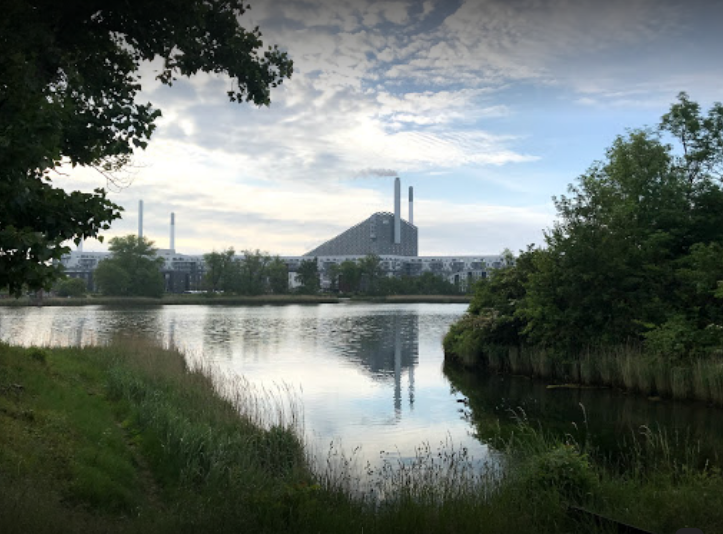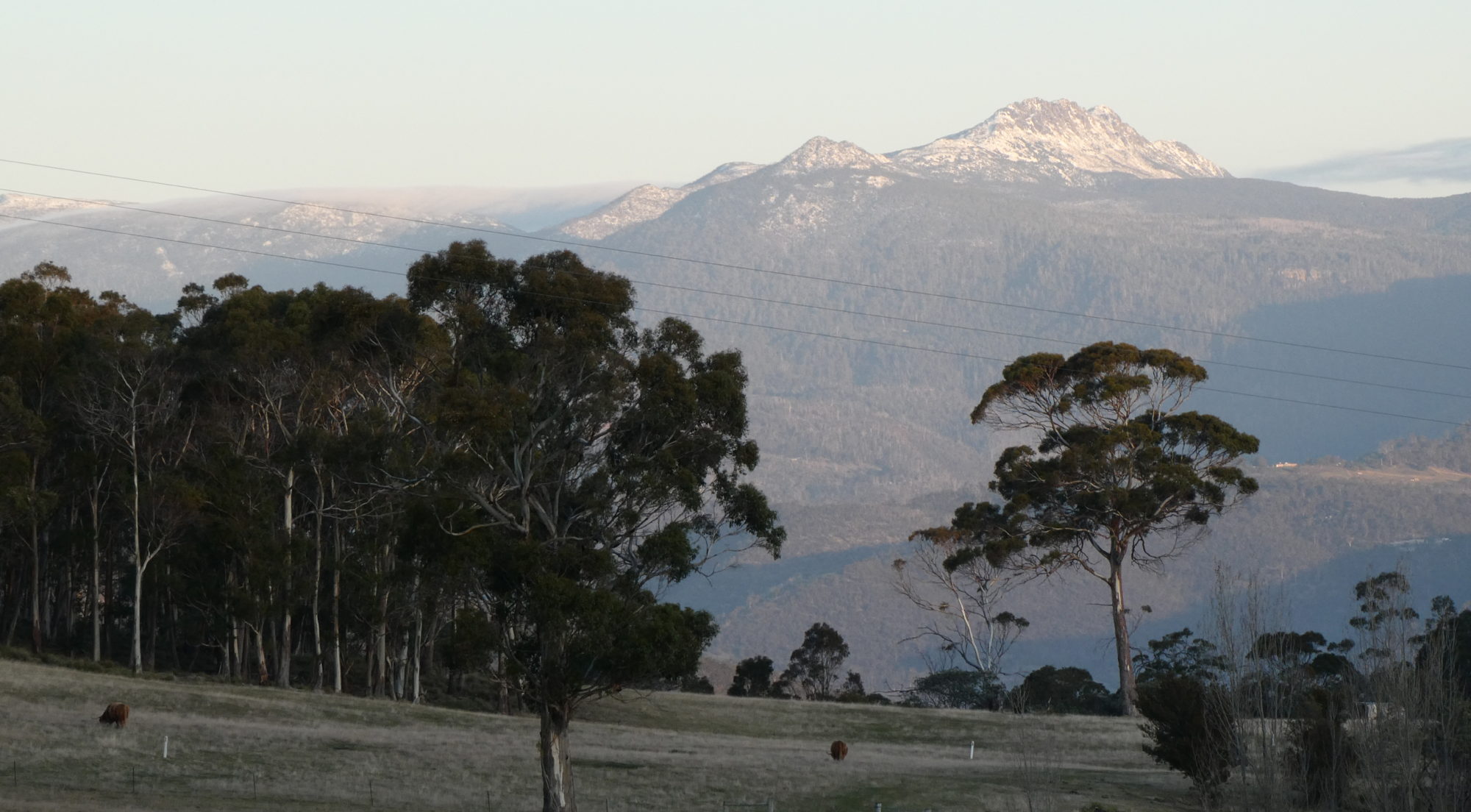Amager Bakke, Copenhagen’s waste-to-energy plant. One of the best performing European plants in terms of energy efficiency, waste treatment capacity, and environmental impact.

Guest Post by Richard McCure
Nothing screams “third world” louder than vision of forlorn children picking their way through smouldering landscapes But burning rubbish has become anathema in the civilized world, largely because the proportion of plastics in garbage, together with their poisonous load of combustion products, has increased.
Chemists roughly divide polymers into plastics and thermosetting plastics. The latter harden with heating, the former soften. When people talk about recycling plastics, they are ideally talking about softening plastics using heat, and then re-forming them into park benches etc. However any thermosetting stuff in the mix, let alone disposable nappies is, to say the least, less than desirable. And this is where idealism and ideology come up against economics. Careful sorting of garbage for recycling purposes is essential but labour intensive. Fine for a subsistence level economy, but as the third world becomes more prosperous it is no longer viable to pay someone to do the sorting. This is why China and Indonesia are returning our unclean plastic waste to us. The killer is that plastic is spectacularly cheap to produce. That is why it’s use is ubiquitous. Recycling is virtuous, labour intensive, and an economic dead-end. I believe this has been the road block to a more rational approach in Tasmania, viz.: the thermal “recycling” of rubbish.
Plastics are searingly energy rich – on a par with the petroleum products used in their manufacture. And there seems to have been a recent increase in fresh technologies that concentrate on the chemical properties of garbage rather than the physical properties.
Incineration A good example of an incinerator is the one in Copenhagen, pictured above. Treated rather dismissively by Craig Reucassel in the ABC program “War on Waste”, this architecturally spectacular facility provides heating for homes and businesses in Copenhagen.
Pyrolysis Another approach is to heat plastics in the absence of oxygen (pyrolysis). This process will “crack” the polymer chains and recreate the liquids and gasses that are the building blocks of plastic. In this way useful fuels can be collected by fractionation (as in an oil refinery), and the release of CO2 is avoided.
Mixed with Coking Coal Plastics can also augment coke in the iron and steel industry. The environment in a steel furnace is perfect for the pyrolysis reaction. The smelting process removes much of the toxic by-products that would need to be removed from the flue gasses, either by incorporating them in the product (steel) or by reaction with the calcium carbonate flux.
Why are we a still burying or exporting these energy rich substances?
Isn’t it about time we treated them as a resource rather than a problem?


Probably for the same reasons bound up in the Murray-Darling Basin water plan.
Please tell us more. Is it just the thermosetting plastics which are presently recycled in Victoria? Can you produce biochar from plastic, or a combination of organic waste and plastic? As I recall you get about 13 MJ of heat from burning 1kg of wood. Would you get more from burning plastic? Is there any support for this type of activity from existing organisations (Greenpeace?)?
Great post, pity there’s no Love button. I would have pressed it.
I fully agree with Richard here, got similar ideas when in Finland two years ago
After noting how much cleaner the air is there than here in Tasmania due to our wasting forest leftovers
By burning them at low polluting temperatures without any of the exhaust filtration systems of the power plants they are burnt in, in Finland, ALL of them.
Or where those plastics and other flammable garbage is burnt in Scandinavia and elsewhere.
Then we could re-double forestry in Tasmania without upsetting asthmatics and others,
Get it back to controlling wildfire via clearings and bush roads
Giving access to new bushwalking possibilities like we had in the olden days as when I got onto the Oakleigh Plateau from a logging road
One Friday evening after work 56 years ago . . .
Richard emailed me as follows:
Sorry, I missed your email. Also my reply to Geoff Hudson seems to have “evaporated”. I think I replied that the heat content of plastics is about 30 M.J./Kg. His other question was about thermosetting plastics. It can be used in road surfacing.
In March last year a waste-to-energy incinerator proposed for Western Sydney was abandoned following an independent inquiry: see https://www.smh.com.au/environment/sustainability/huge-incinerator-planned-for-sydney-s-west-should-not-proceed-inquiry-20180328-p4z6qe.html . The objections were largely on public health grounds, see, for example: https://www.ipcn.nsw.gov.au/resources/pac/media/files/pac/project-submissions/2018/04/eastern-creek-energy-from-waste-facility-ssd-6236/20180507t111612/sydney-incinerator-project.pdf
Clearly this issue is too big to be addressed at a local level where NIMBY considerations predominate and state MPs are concerned with keeping their seats.
Thanks for that Geof.
Because Green politics is so anti-capitalist nothing they say can be trusted. I am sure trace toxins would be present in flue gasses, but Green warnings will ignore concentrations and also ignore the benefits of any disposal method. That’s just far Left politics. Unfortunately emotive arguments beat quantitative analysis every time.
Richard